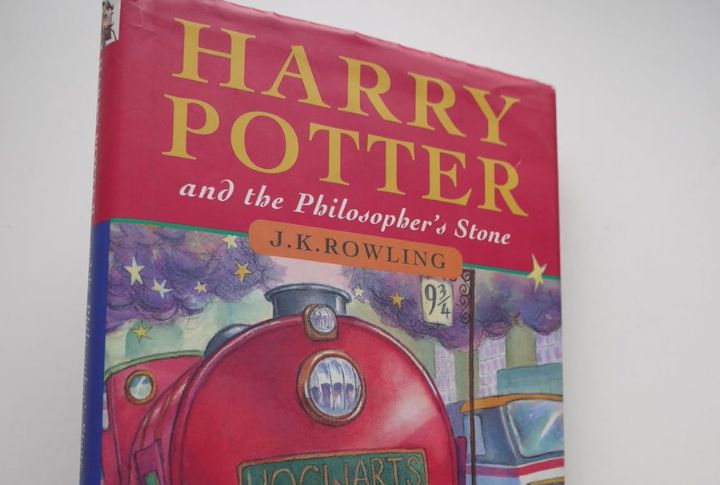
Sometimes, the book world hesitates before embracing something bold. These authors didn’t fit into neat boxes, and their manuscripts got pushed aside. But the stories didn’t disappear—they found a way through. Turns out, rejection wasn’t the final word. Here are 20 bestselling books that once couldn’t get a foot in the publishing door.
“The Tale Of Peter Rabbit” By Beatrix Potter (1902)
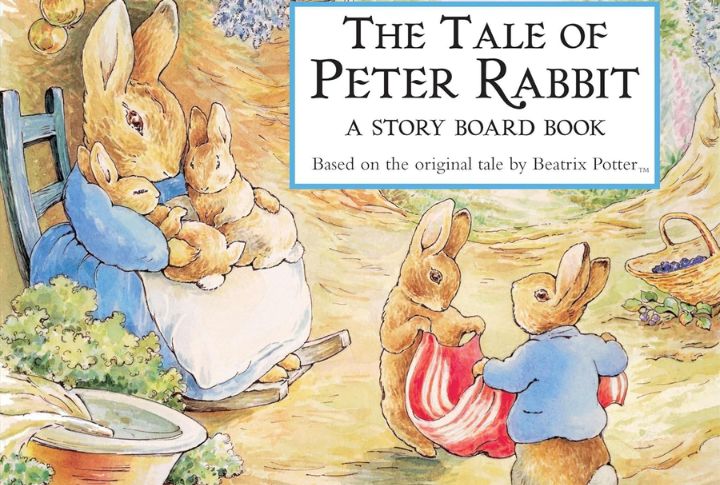
Beatrix Potter was turned down by six publishers who didn’t see the commercial potential of talking animals in jackets. She self-published 250 copies in London, which surprisingly sold out fast. Frederick Warne & Co. finally picked it up after this success. Over 45 million copies later, Peter still hops across the globe in 35+ languages.
“Ulysses” By James Joyce (1922)
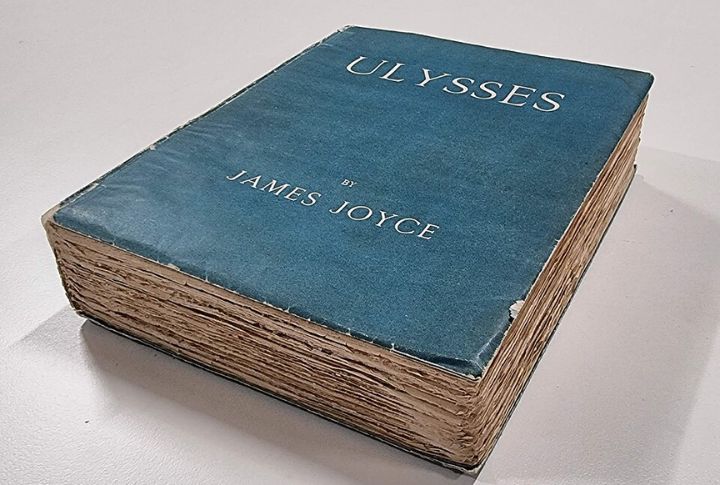
Sylvia Beach, owner of the Paris bookstore “Shakespeare and Company,” published “Ulysses.” This happened only after British and American publishers rejected it, having called it obscene due to its controversial content. Serialized in “The Little Review,” it was banned in the US until 1933. Today, it’s studied in Ivy League syllabi and celebrated annually on Bloomsday, June 16.
“The Time Traveler’s Wife” By Audrey Niffenegger (2003)
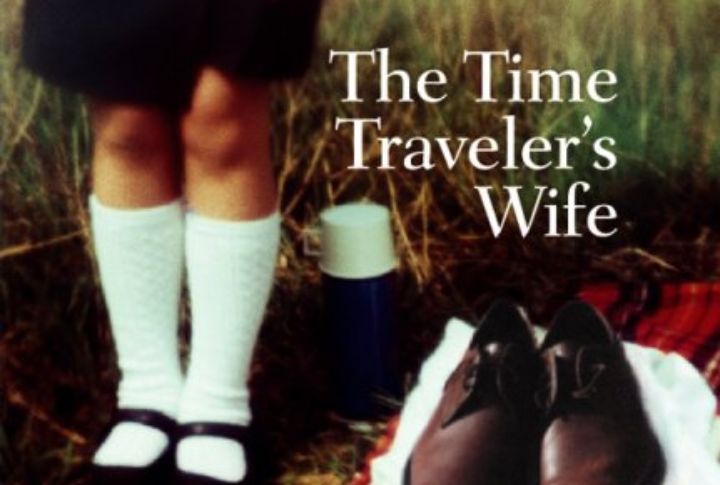
Rejected by 25 agents, Niffenegger submitted the manuscript unsolicited to MacAdam/Cage. By 2009, this genre-bending love story had sold nearly 2.5 million copies in the UK and the US, becoming a 2004 bestseller. Its cult following led to a 2009 film and a 2022 HBO series, though both struggled to match the book’s time-twisting emotional pull.
“Lord Of The Flies” By William Golding (1954)
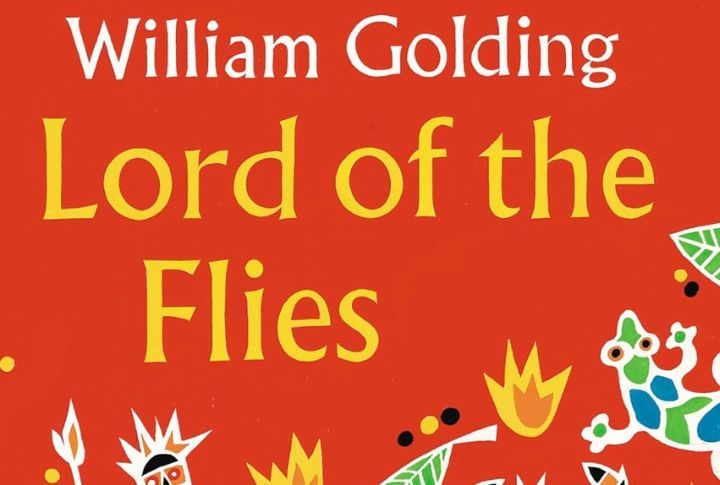
Golding’s original manuscript, titled “Strangers from Within,” was rejected over 20 times. Faber & Faber only accepted it after editor Charles Monteith requested significant edits. After modest initial sales, it became a required reading material in classrooms worldwide. Film adaptations of the novel, released in 1963 and 1990, solidified its legacy as a dystopian work.
“Dune” By Frank Herbert (1965)
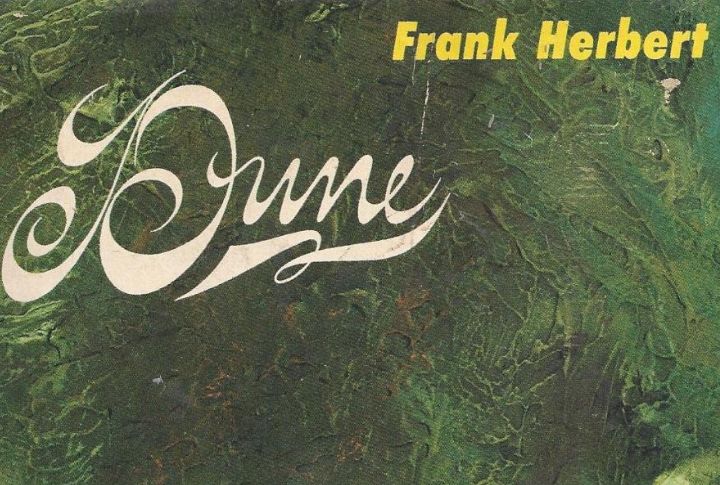
Chilton Books, known for auto repair manuals, published “Dune” after more than 20 sci-fi publishers declined it for being too dense and philosophical. However, it later won both the Hugo and Nebula Awards. Now, it has sold over 20 million copies and inspired multiple adaptations, including Denis Villeneuve’s 2021 blockbuster film.
“Carrie” By Stephen King (1974)
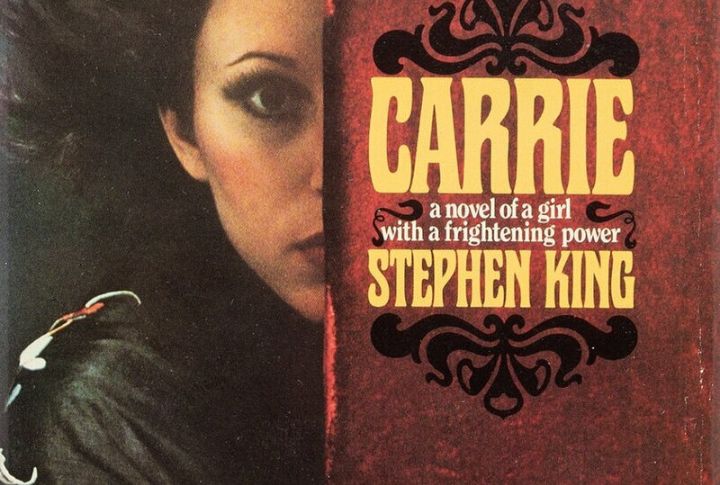
He tossed the manuscript in the trash after struggling with the high school setting. King’s wife, Tabitha, pulled it out and urged him to finish. Doubleday paid $2,500. After paperback rights for this sold for $400,000, it launched Stephen King’s illustrious career as a best-selling author. “Carrie” became a 1976 cult horror film starring Sissy Spacek.
“Jonathan Livingston Seagull” By Richard Bach (1970)
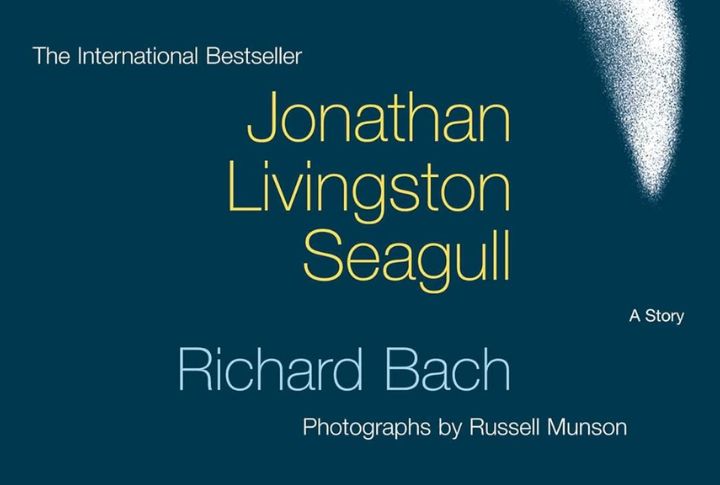
Publishers laughed off the idea of a philosophical seagull, rejecting it. Bach, a former Air Force pilot, held out. Ultimately, Macmillan published it, and the book hit “The New York Times” bestseller list for about 37 weeks. The 1973 film adaptation, scored by Neil Diamond, retained its weirdness—and also, somehow, its deeply 1970s feel.
“Watership Down” By Richard Adams (1972)
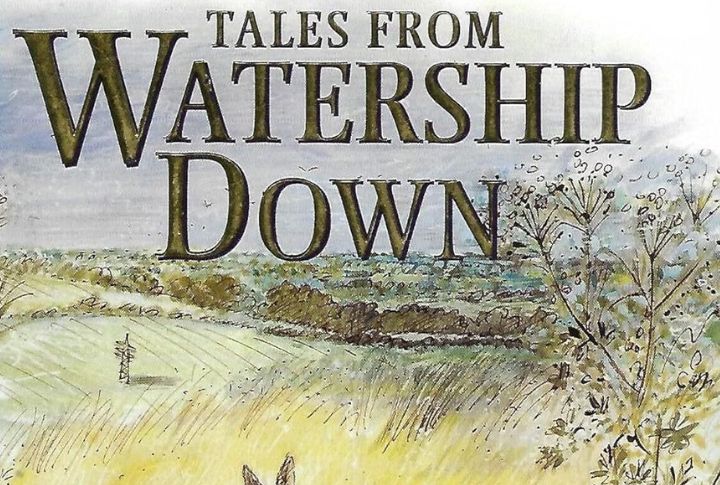
Written during car rides for his daughters, Adams’s rabbit epic faced 13 dismissals. It cleverly fused Lapine language, mythology, and ecological themes. Rex Collings took the gamble. It went on to win the Carnegie Medal and Guardian Children’s Fiction Prize, selling over 50 million copies and spawning inspirations for animations in 1978, 1999, and 2018.
“Interview With The Vampire” By Anne Rice (1976)
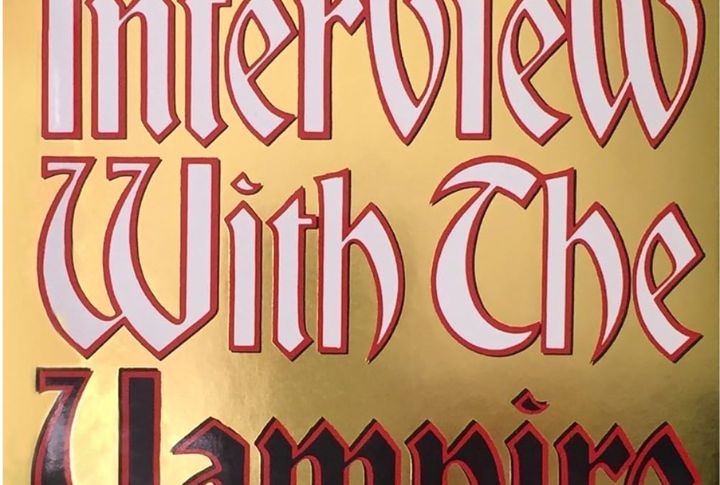
Anne Rice poured grief and gothic beauty into this dark debut, inspired by the loss of her daughter. Its sensual tone and queer undertones made early publishers uneasy, but Knopf gave it a shot. That risk paid off—the novel launched “The Vampire Chronicles,” sold over 80 million copies, and led to a 1994 film with Tom Cruise and Brad Pitt.
“Chicken Soup For The Soul” By Jack Canfield & Mark Victor Hansen (1993)

After numerous snubs by publishers (estimated over 130), nobody expected a collection of inspirational essays to become a household brand. Health Communications Inc. finally took the chance. The “Chicken Soup” series has since sold over 114 million copies in more than 40 languages, with pet editions, themed spin-offs, and even a podcast empire.
“The Color Purple” By Alice Walker (1982)
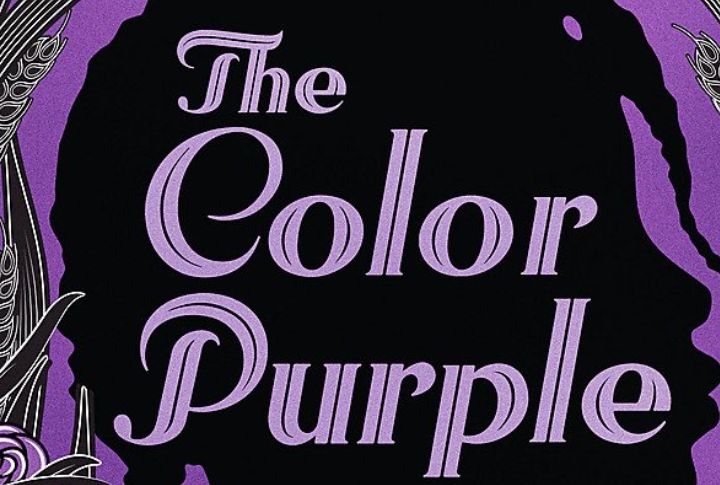
No one was lining up to publish a novel about Southern Black womanhood told through raw, personal letters. To Walker’s fortune, Harcourt took a chance. The fiction managed to win both the Pulitzer Prize and the National Book Award. In 1985, Spielberg brought it to the screen, and in 2023, it reemerged in a musical film with Fantasia Barrino.
“Harry Potter And The Philosopher’s Stone” By J.K. Rowling (1997)
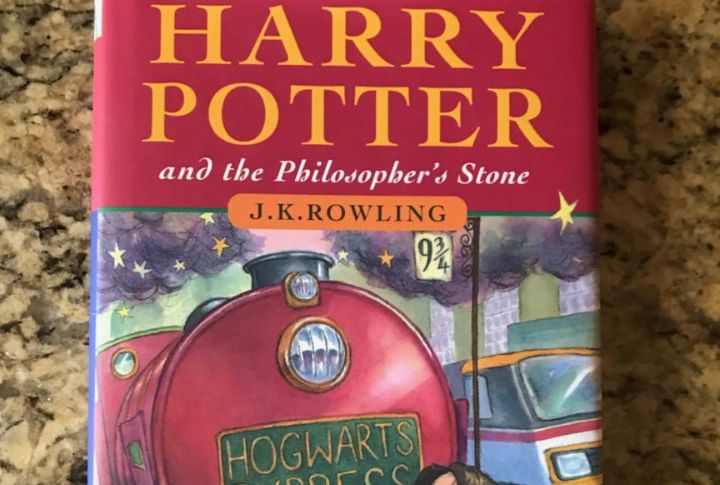
Bloomsbury only agreed to publish it after Alice Newton, the CEO’s daughter, devoured the manuscript when 12 other publishing houses had refused. The advance was just £2,500 (around $4,200 at the time). Since then, “Harry Potter” has sold over 120 million copies in more than 80 languages. It also launched one of the most successful film franchises in UK history.
“The Kite Runner” By Khaled Hosseini (2003)

Long before it became required reading, “The Kite Runner” struggled to find a publisher willing to take on a debut Afghan-American author. Riverhead decided to say yes. Then, the novel sold around 38 million copies worldwide and was made into a film by Marc Forster in 2007, bringing Kabul to the big screen.
“The Help” By Kathryn Stockett (2009)
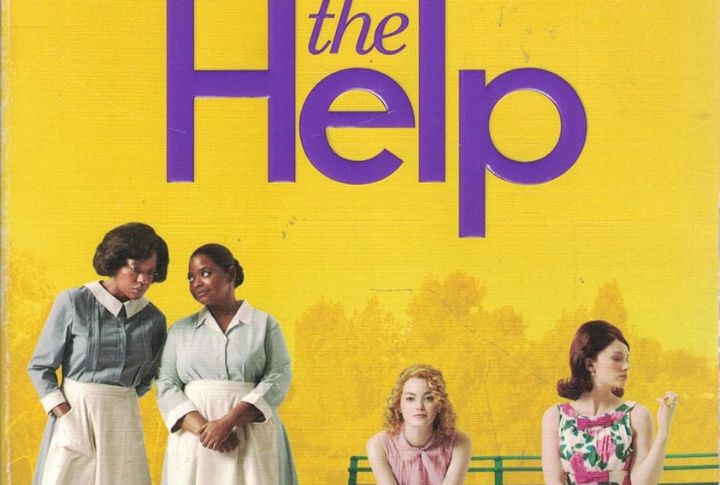
Stockett submitted the manuscript to various literary agents over a period of 3 years and got dismissed around 60 times. Penguin took a chance on the novel, and it spent over 100 weeks on “The New York Times” bestseller list. Tate Taylor directed the 2011 film version, which earned Octavia Spencer an Oscar win for Best Supporting Actress.
“Still Alice” By Lisa Genova (2007)
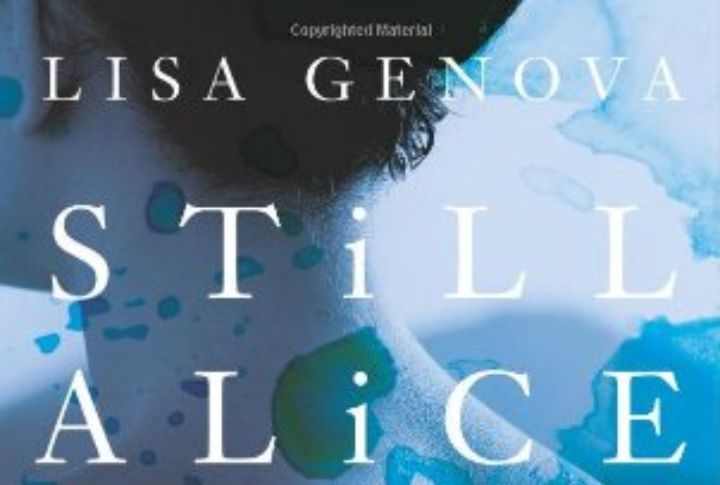
Genova, a neuroscientist, self-published her debut after dozens of declines to publish. Gallery Books later picked it up. It was centered on early-onset Alzheimer’s and was eventually adapted into a 2014 film. Julianne Moore’s performance won her the Academy Award, BAFTA Award, Golden Globe Award, and SAG Award for Best Actress in a Leading Role.
“The Martian” By Andy Weir (2011)
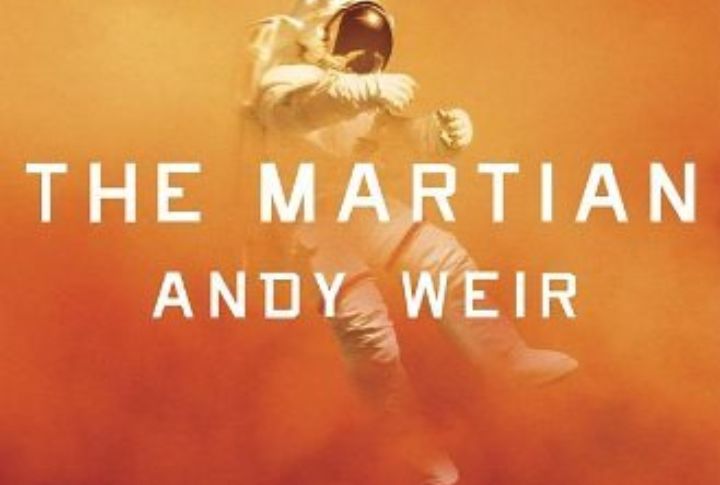
Weir originally serialized the book on his blog. Then, he self-published it for 99 cents on Kindle after attempts to get it published through traditional channels failed. Crown Publishing noticed its popularity came calling fast. “The New York Times” bestseller list picked it up, and in 2015, Ridley Scott directed the film, earning seven Oscar nominations for putting potatoes on Mars.
“Fifty Shades Of Grey” By E. L. James (2012)
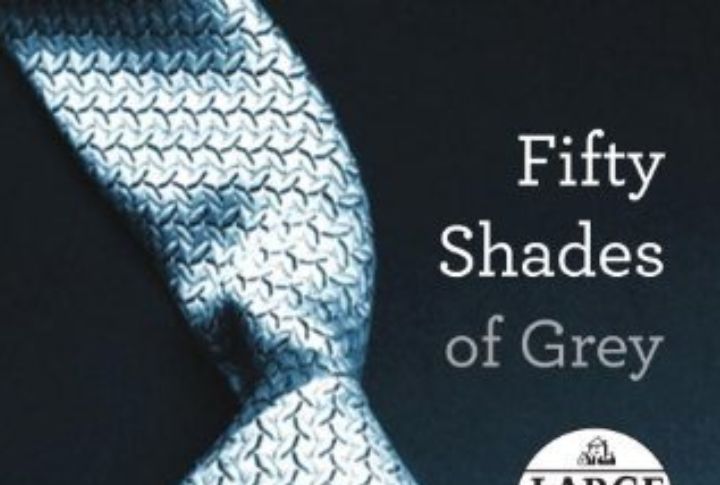
James first wrote it as “Twilight” fanfic titled “Master of the Universe.” After being refused by at least two literary agents, her 2011 self-publishing brought in millions of downloads. Vintage Books re-released it officially in 2012. Following that, the trilogy sold over 150 million copies and spawned a film franchise grossing more than $1.3 billion globally.
“Zen And The Art Of Motorcycle Maintenance” By Robert M. Pirsig (1974)

Written inspired by his 1968 ride with his son, Pirsig’s manuscript collected 121 rejections before Morrow said yes. Framed as a cross-country ride, it uses engine fixes to unpack identity and truth to improve quality of life. With over 5 million copies sold, the book is now assigned in philosophy courses and still misfiled in motorcycle repair sections worldwide.
“A Wrinkle In Time” By Madeleine L’Engle (1962)
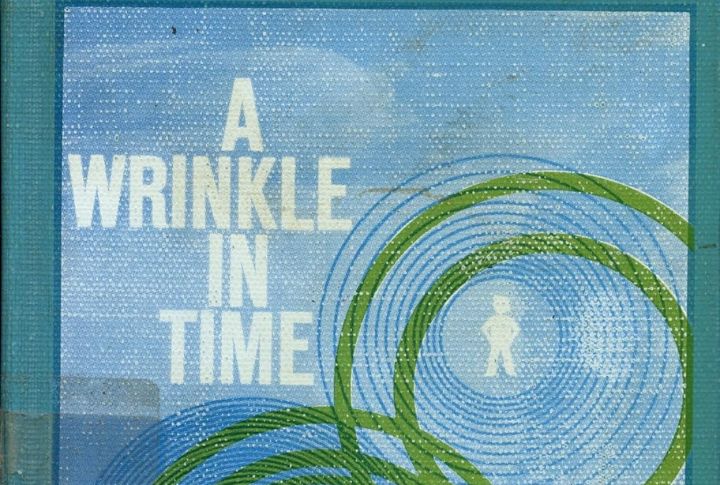
Editors weren’t sure who would read a book blending quantum physics and theology with cosmic travel—certainly not children. L’Engle believed otherwise and persisted. After 26 rejections, Farrar, Straus and Giroux took the risk. It won the Newbery Medal and became one of the most assigned books in American middle schools.
“The Shack” By William P. Young (2007)
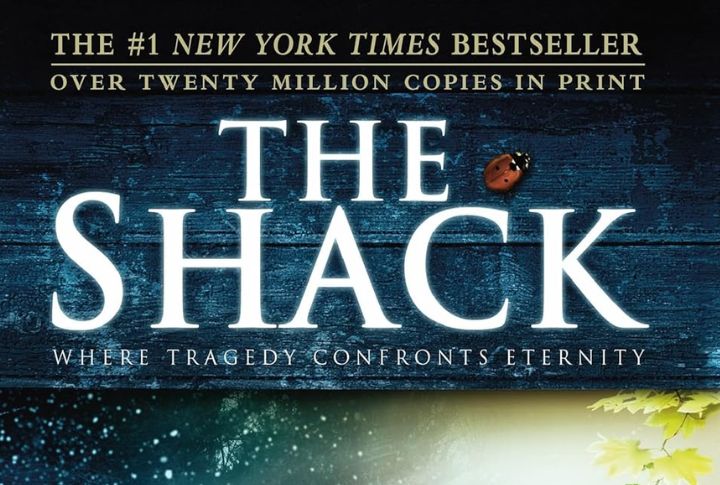
Young printed copies at Office Depot and hand-sold them from his garage. Publishers had knocked back the spiritual manuscript as too unconventional. Over 20 million readers worldwide now know the story. God as a Black woman and the Holy Spirit as an Asian woman stirred controversy among some Christian communities, leading to bans in certain churches.

